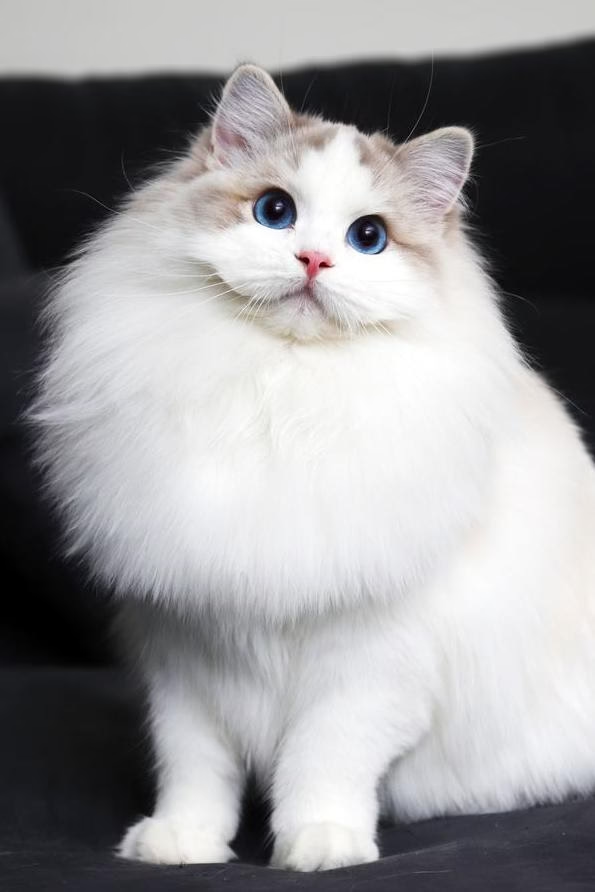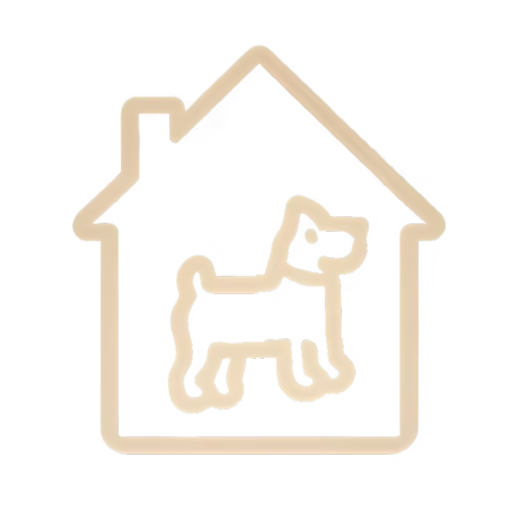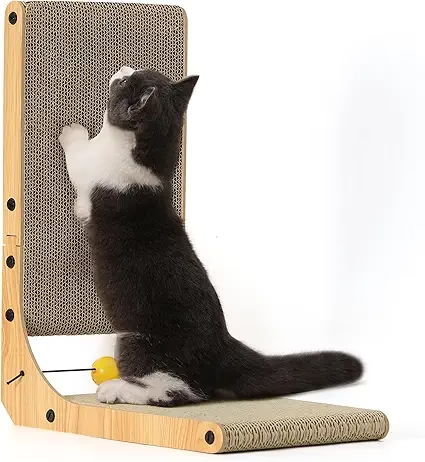Ragdoll (Doll Cat, Bradollar Cat)

Ragdoll
Doll Cat, Bradollar Cat
Basic Information
- Category: Pet Cat
- Origin: United States
- Body Type: Medium
- Height: About 50 cm
- Hair Length: Long-haired
- Lifespan: 10-15 years
Ratings
| Trainability | ⭐️⭐️⭐️ |
| Affection Level | ⭐️⭐️⭐️⭐️⭐️ |
| Barking Level | ⭐️⭐️⭐️ |
| Shedding Level | ⭐️⭐️⭐️ |
Breed Introduction
The Ragdoll, also known as the Bradollar Cat, is one of the larger cat breeds in terms of size and weight. The breeding of Ragdolls began in 1960 and gained recognition in the United States in 1965. Ragdolls have a V-shaped head, large round eyes, dense fur, sturdy limbs, and a soft body, most commonly appearing in tricolor or bicolor patterns.
Ragdolls are particularly relaxed throughout their bodies, resembling soft plush dolls. They are gentle, calm, very friendly towards humans, and highly tolerant of pain, often mistaken for having a lack of pain sensitivity. They tolerate children’s play well, earning them the nickname ‘Doll Cat’, making them an ideal pet for the home.
Ragdolls are an exceptionally intelligent breed, known for their gentle disposition, serene nature, sociable behavior, friendliness with other cats and dogs, soft vocalizations, rich emotions, and affectionate nature. They enjoy companionship and are very friendly towards people, notably being especially relaxed and soft in their demeanor, displaying strong tolerance for being handled. Ragdolls love to please their owners and often follow them around closely. These cats are generally quiet but also enjoy playing with toys and participating in household daily activities.
Ragdolls are exceptionally gentle and lack the instinct to protect themselves, making it essential for them to be kept as indoor pets and not allowed outside.
Although the Ragdoll is a relatively new breed, its historical origins remain somewhat unclear. In the 1960s, a breeder in California named Ann Baker developed the first Ragdolls, whose father was a male Birman cat named Warbucks, and the mother was a white non-pedigree long-haired cat named Josephine. She noted that Ragdolls become ‘floppy’ when picked up. Ann Baker later established a breed association, but at that time, Ragdolls had not received recognition from other associations. Subsequently, many others developed Ragdolls, creating the breed widely recognized by major associations today. The success of Ragdolls can be attributed to the demand for quiet indoor cats. Today, some similar breeds are being developed and are all blessed with affectionate names.






